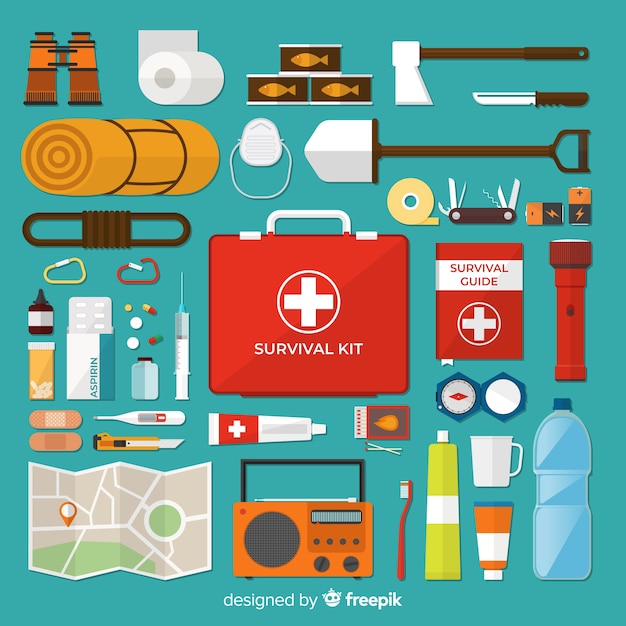People often ask me about managing health issues while traveling. I’m not a doctor, but I’ve got some tips from Mike Huxley, a registered nurse, about what to pack in a travel first aid kit. Mike’s been globetrotting for over 15 years, and he’s seen his fair share of minor injuries. He’s even volunteered as an expedition medic in places like the Sahara and the jungles of Kalimantan and Borneo.
Mike’s secret weapon? A well-stocked first aid kit. He started with a basic one you can buy in stores, but over the years, he’s customized it based on his experiences and nursing knowledge. He believes the best kits are simple, versatile, and easy to use even without training. Here’s what he suggests you pack:
-
Band-Aids/Plasters: These are a must for any first aid kit. They’re perfect for minor cuts or grazes. If you’re planning on doing a lot of walking, consider adding blister plasters. You don’t need a ton, just a few of each type. You can always restock at a pharmacy.
-
Gauze: This is a versatile tool that can be used to apply pressure to a wound, clean an injury, soak up blood, stop bleeding, and even dress small-to-medium wounds. Mike recommends carrying individually wrapped sterile squares.
-
Crepe bandages (ACE or elastic bandages): These are useful for keeping small dressings clean and in place until you can get medical attention. You only need one or two.
-
Surgical tape: This is essential for securing gauze or a bandage to a wound.
-
Small scissors: These are useful for trimming gauze or bandages to size. If you’re flying, make sure your first aid kit goes in your checked bag, or use scissors that are TSA-approved.
-
Tweezers: These are handy for pulling out splinters or cleaning a wound.
-
Antiseptic wipes: These are crucial for cleaning a wound before applying a dressing.
-
Condoms: Apart from their obvious use, they can also serve as emergency water carriers or ice packs.
-
Pain relief medication: A small pack of basic acetaminophen (like Tylenol) or ibuprofen should suffice.
-
Loperamide tablets: These can stop diarrhea for short periods, which can be useful when you’re in transit.
-
Antihistamine cream: This can help control itching and swelling from insect bites or rashes.
-
Antibacterial creams: These can help heal cuts and scrapes faster and prevent infections.
Remember, this list can be adjusted based on your trip needs. If you’re going on a jungle trek, for example, you might need different items than if you’re going on a city break in Europe. Also, don’t forget to pack any specific medications you need.
Most importantly, get comprehensive travel insurance to cover unexpected costs in case of an emergency. If you have an injury or illness that can’t be treated with your first aid kit, seek professional medical help.
So, pack your first aid kit and keep it handy. Hopefully, you’ll never need it, but it’s better to be prepared.
Please note: Always keep generic medication in its original packaging when traveling. The advice provided here is general and not a substitute for a personal consultation with a travel nurse specialist, your GP, or a doctor specializing in travel medicine.
